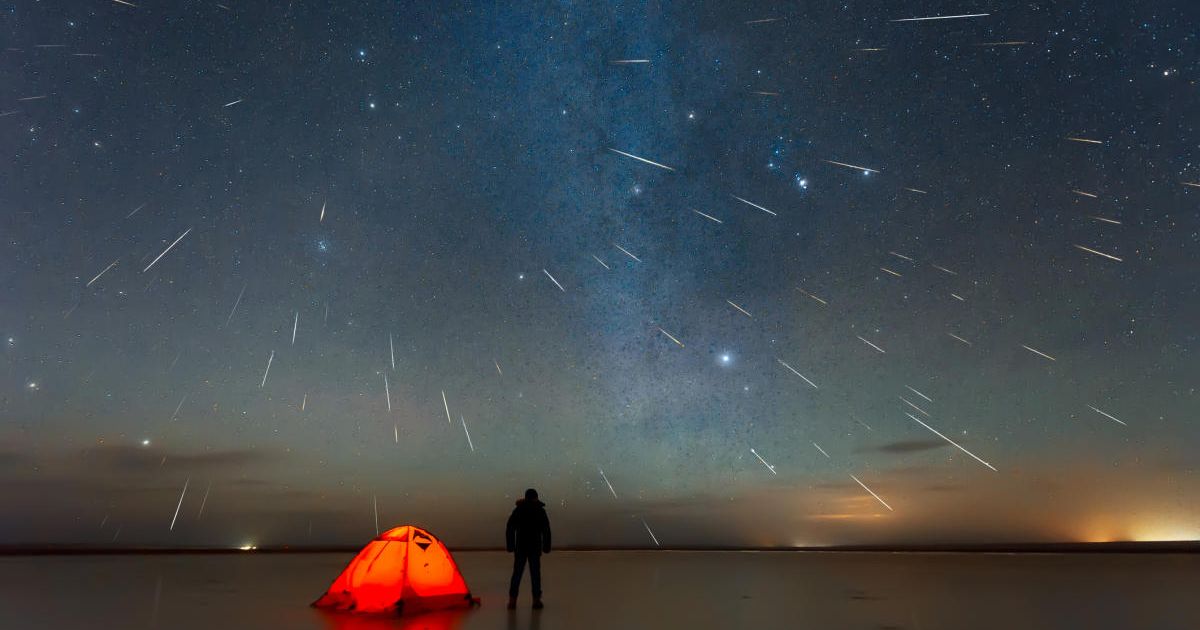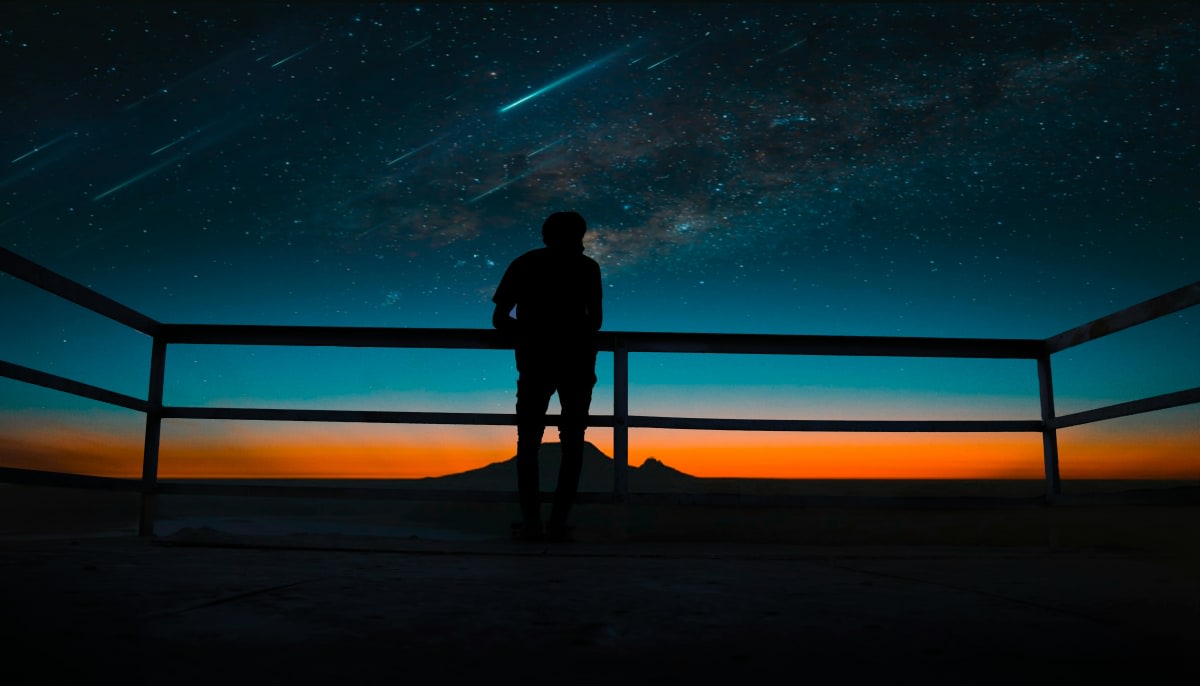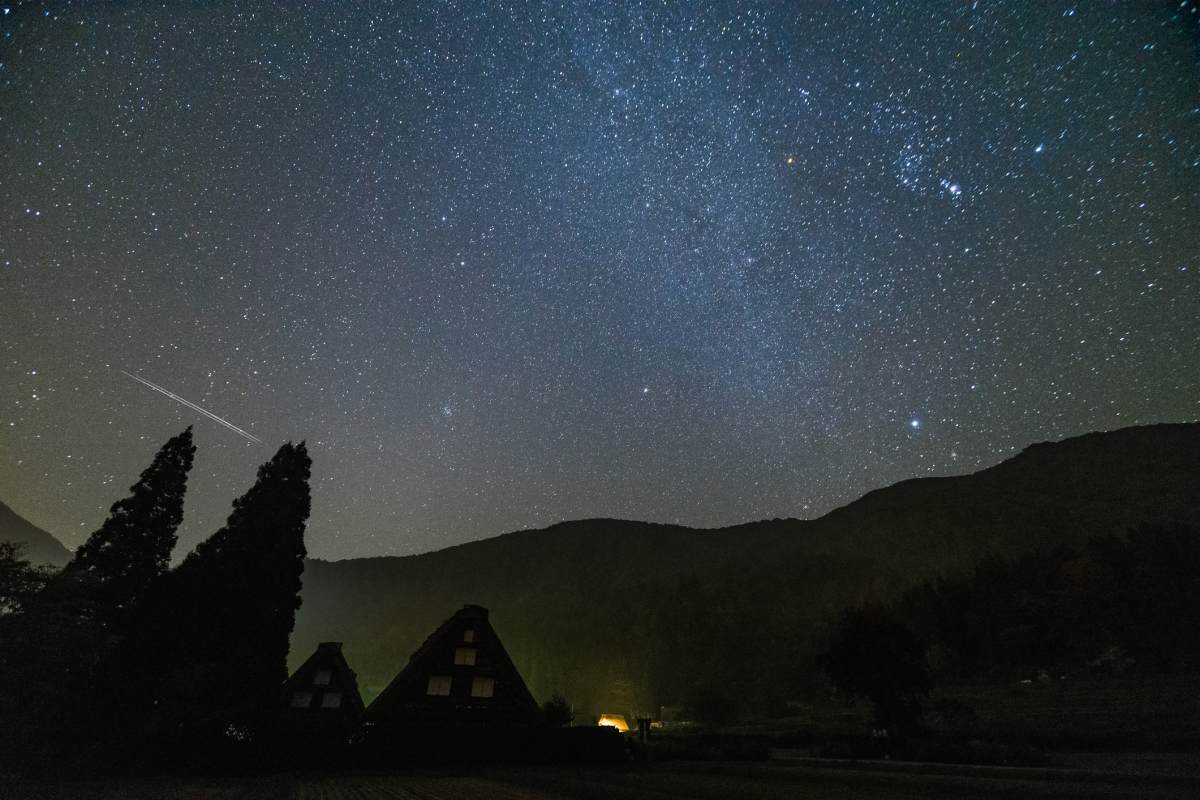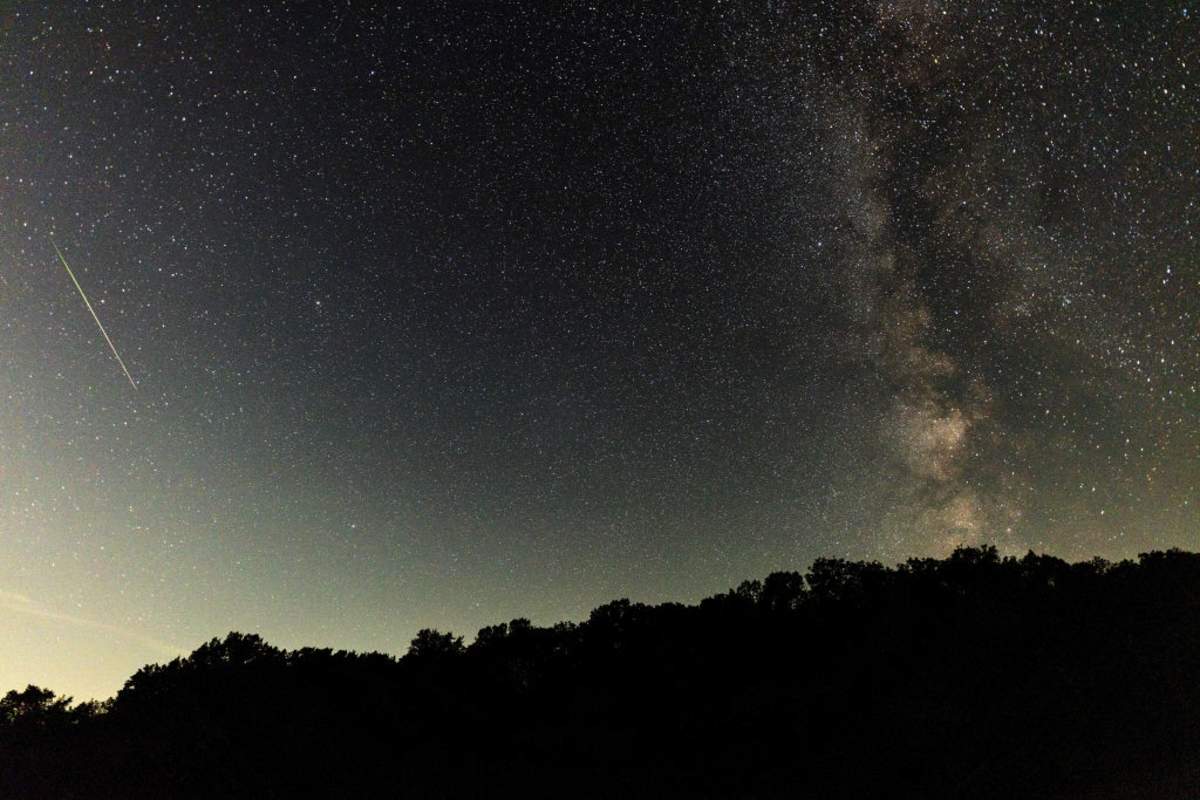Get Ready for Orionid Meteor Shower — 20 Fast-Flying Streaks May Appear in Moonless Sky Today

Celestial events often spark excitement, reminding us of the beauty of the universe. Whether it’s a meteor shower, a lunar eclipse, or a bright comet passing by, such rare moments are keenly observed by skywatchers across the world. If you are one of them, you are in for a treat as one of our planet’s most mesmerizing meteor showers is set to occur this week. It has been reported that up to 20 meteors an hour will flash across the sky on the night of October 21, 2025. Additionally, this cosmic display is said to be more breathtaking, thanks to the moonless sky on the night, which will offer an ideal viewing condition.

This Orionid meteor shower will be taking place on the same night as the new moon, when the moon is hidden between Earth and the Sun and can’t be seen in the night sky. Due to this, the Orionid meteors—coming from the direction of the Orion constellation—will shine more brightly and will be much easier to spot, as reported by Science Alert. While many meteor showers take place every year, Orionids stand out for their stunning beauty. They may not be the most prolific, but their flashes are exceptionally bright and eye-catching, making them a favorite of skywatchers.

Although tonight is the time to witness the peak celestial event, Orionid meteors can also be spotted in the night sky from October 2 all the way until November 7 each year, as reported by Space. Furthermore, these meteors travel very fast—around 66 kilometers or 41 miles per second—creating massive energy when they hit the Earth’s atmosphere. This intense impact heats the air around them, causing the meteors to glow brightly. This is why Orionids often leave shining trails in the sky that seem to be there for a few moments.
Robert Lunsford, who is a part of the American Meteor Society, claims that the meteor shower will keep appearing even after the peak days. So, even if you’re staying at a place where clouds block the first peak show, or if you miss the chance to witness the beautiful moment due to any personal reason, don’t worry, as you can still get a chance to see them later. He said, "The Orionids will peak in the period of October 21-23. Rates will fall very slowly after these dates so the mornings of October 24-26 will still provide hourly rates in excess of 10 per hour when viewing from rural dark skies.”

Lunsford further said, “Note by then the radiant will have moved eastward into western Gemini, so folks should not be surprised to see these meteors shooting from that constellation instead of Orion.” Meanwhile, if you are lucky enough, you might catch not just the Orionids but another meteor shower too. The Southern Taurids are also streaking across the sky and are expected to reach their peak around November 4–5. While Orionid meteors come from Orion, the slower Taurids start in Taurus. Lunsford spoke of this and said, “It’s kind of like they’re doing battle. Slow meteors are shooting eastward toward Orion, and fast ones are shooting westward toward Taurus.”
More on Green Matters
Six-Planet Solar System Discovered, Estimated to Be Billions of Years Old